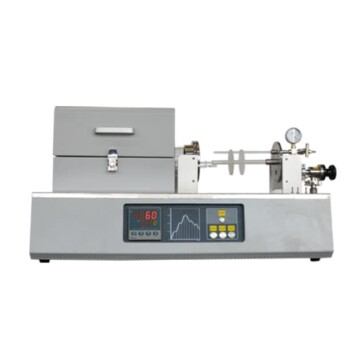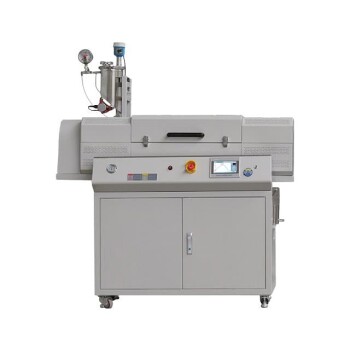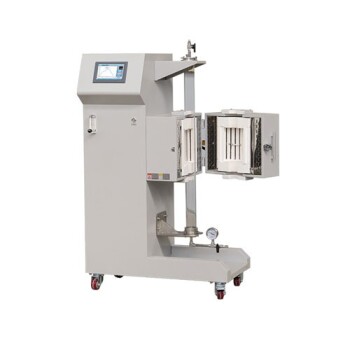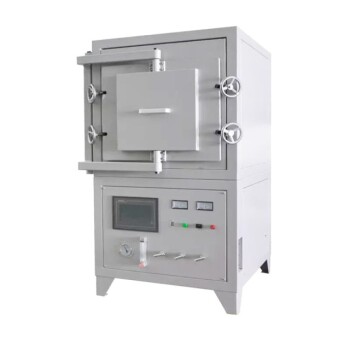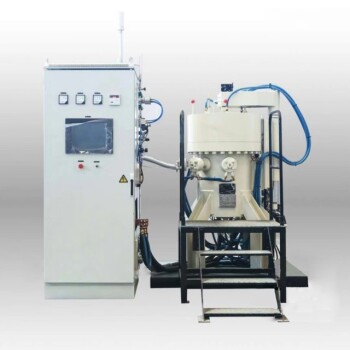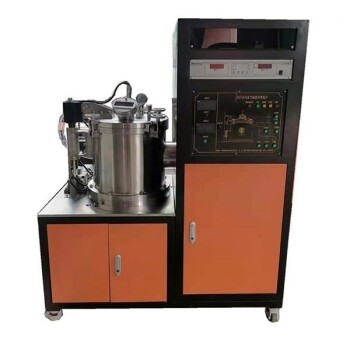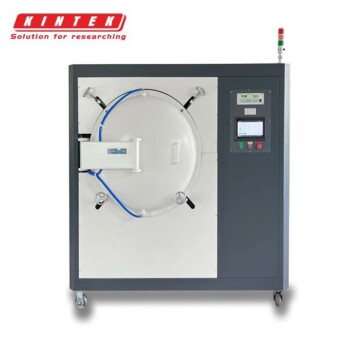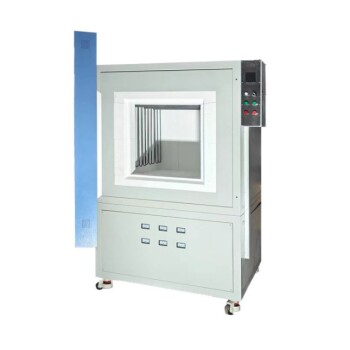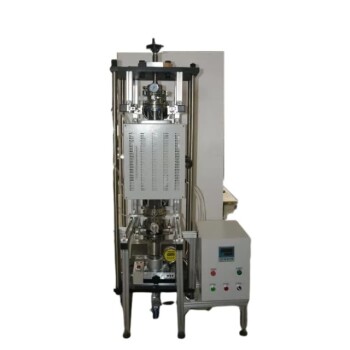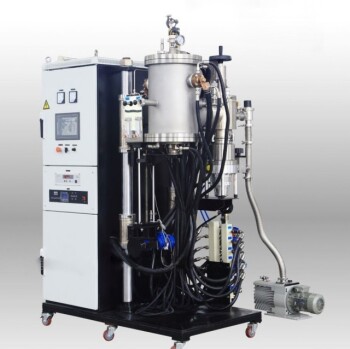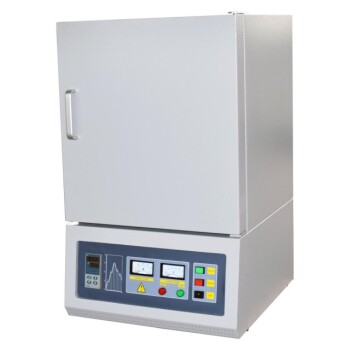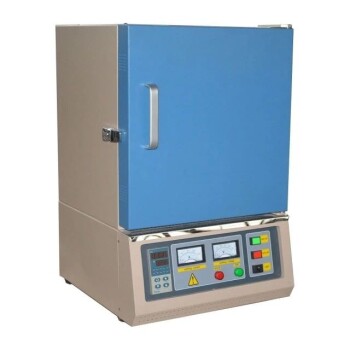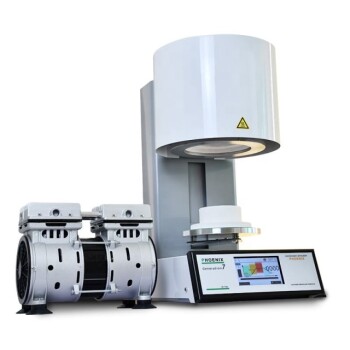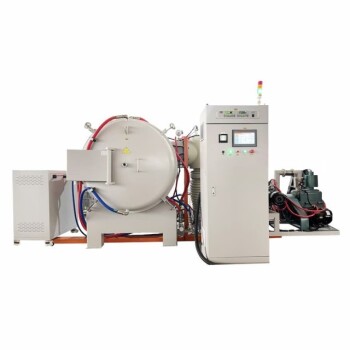In practice, there is often no difference between Rapid Thermal Annealing (RTA) and Rapid Thermal Processing (RTP). The terms are frequently used interchangeably in the semiconductor industry to describe the same core process: heating a silicon wafer to very high temperatures (often over 1,000°C) for a very short time (a few seconds to minutes). However, a subtle technical distinction does exist, which is key to fully understanding the technology.
Think of Rapid Thermal Processing (RTP) as the name for the overall technology and the equipment itself. Rapid Thermal Annealing (RTA) is the most common specific application performed using that RTP equipment. It's like having a tool called a "power drill" (RTP) that you most often use for "driving screws" (RTA).
What is Rapid Thermal Processing (RTP)?
The Core Principle
RTP is a single-wafer manufacturing method. It uses high-intensity lamps, such as tungsten-halogen or arc lamps, to rapidly increase a wafer's temperature, typically at a rate of 20–100°C per second.
The Fundamental Goal: Controlling the Thermal Budget
The primary purpose of RTP is to minimize the wafer's thermal budget. This is the cumulative time a wafer spends at high temperatures during manufacturing. By keeping heating cycles short, RTP prevents the unwanted diffusion of dopants, preserving the integrity of the microscopic circuit features already built on the wafer.
Other RTP Applications
While annealing is the most common use, RTP systems are versatile. They can be used for other short-duration, high-temperature processes, including:
- Rapid Thermal Oxidation (RTO): Growing a thin, high-quality layer of silicon dioxide.
- Silicidation: Forming metal silicide contacts on the source, drain, and gate regions of a transistor.
- Material Reflow: Smoothing a deposited layer of material, like glass, by briefly heating it above its melting point.
So, Where Does RTA Fit In?
RTA as the Main Application
Annealing is a specific type of heat treatment used to repair damage to the silicon crystal lattice, most often caused by ion implantation. This process also serves to electrically "activate" the implanted dopant atoms, allowing them to function correctly within the circuit.
The Source of Confusion
Because activating dopants and repairing implant damage is the most frequent and critical use of an RTP system, the specific application (RTA) became shorthand for the entire process. Engineers would say they were sending wafers for "RTA" even though the machine they were using was technically an "RTP system."
Understanding the Trade-offs of the RTP Method
The choice to use RTP over a traditional batch furnace is a critical engineering decision driven by clear trade-offs.
Advantage: Precision and Control
RTP offers superior control over dopant profiles. This is non-negotiable for modern devices with gate lengths measured in nanometers, where even a few nanometers of unwanted diffusion can ruin performance.
Advantage: Wafer-to-Wafer Uniformity
As a single-wafer process, each wafer gets an identical, highly controlled "recipe." This leads to better consistency across a production lot compared to batch furnaces, where wafers at the front, middle, and back of a stack can experience slightly different thermal profiles.
Limitation: Lower Throughput
The most significant drawback of RTP is lower throughput. A traditional furnace can process 100-200 wafers in a single, multi-hour run. An RTP system processes only one wafer at a time, albeit very quickly.
Limitation: Temperature Uniformity Challenges
Ensuring the entire wafer is at the exact same temperature is a major challenge in RTP system design. Temperature differences between the center and the edge of the wafer can induce stress, causing crystal defects known as "slip dislocations."
How to Use These Terms Correctly
A brief introduction explains the purpose of the section.
- If your primary focus is communication in a fabrication plant: You can likely use RTA and RTP interchangeably. The context is almost always annealing, and your colleagues will understand.
- If your primary focus is writing a technical paper or process documentation: Be precise. Use RTP to refer to the general single-wafer thermal technique and RTA only when describing the specific annealing step.
- If your primary focus is learning the technology: Remember that Processing is the broad category of which Annealing is just one specific, albeit common, type.
Ultimately, understanding the underlying engineering goal—precise thermal control for advanced devices—is far more important than the specific acronym being used.
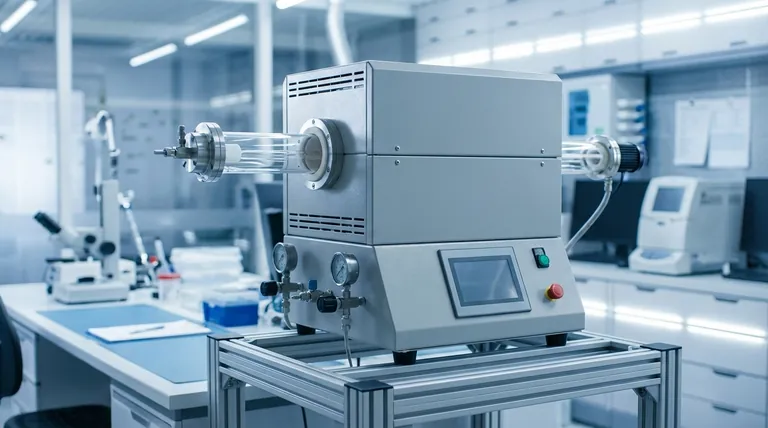
Summary Table:
| Term | Definition | Primary Function |
|---|---|---|
| RTP (Rapid Thermal Processing) | The overall technology and equipment for single-wafer rapid heating. | General-purpose thermal processing (e.g., oxidation, silicidation). |
| RTA (Rapid Thermal Annealing) | The most common application of RTP, specifically for annealing wafers. | Repairing crystal damage and activating dopants after ion implantation. |
Ready to achieve precise thermal control for your semiconductor processes?
KINTEK specializes in advanced lab equipment, including thermal processing solutions for semiconductor R&D and manufacturing. Our expertise ensures you get the right tools for precise dopant activation and minimal thermal budget.
Contact our experts today to discuss how our solutions can enhance your process uniformity and device performance.
Visual Guide

Related Products
- Laboratory Quartz Tube Furnace Tubular RTP Heating Furnace
- Rotary Tube Furnace Split Multi Heating Zone Rotating Tube Furnace
- Vacuum Sealed Continuous Working Rotary Tube Furnace Rotating Tube Furnace
- Laboratory Vacuum Tilt Rotary Tube Furnace Rotating Tube Furnace
- Vertical Laboratory Quartz Tube Furnace Tubular Furnace
People Also Ask
- What is the maximum temperature for a quartz tube furnace? Key Limits for Safe & Efficient Operation
- What is quartz tube heating? Achieve Instant, Targeted Heat with Infrared Radiation
- What happens when quartz is heated? A Guide to Its Critical Phase Transitions and Uses
- What does a quartz tube do? Create a Pure, High-Temp Environment for Critical Processes
- What is the operating temperature of a quartz tube? Maximize Tube Life & Process Efficiency
